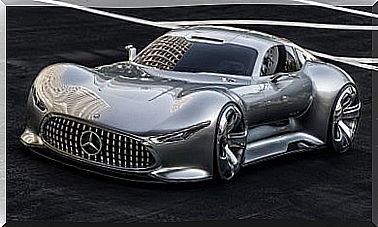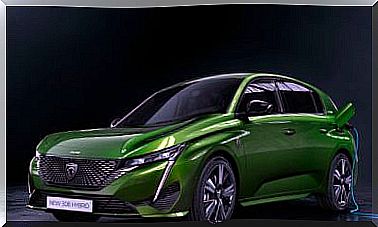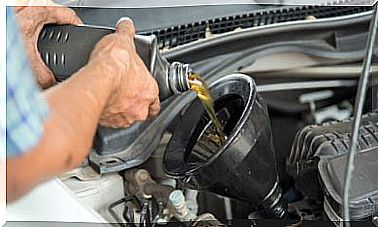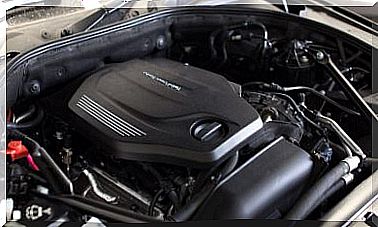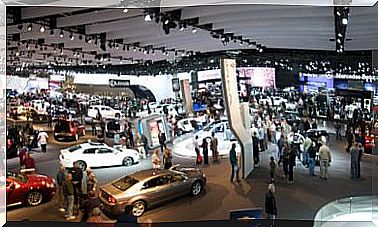The Problem Of Finding Parking In Cities
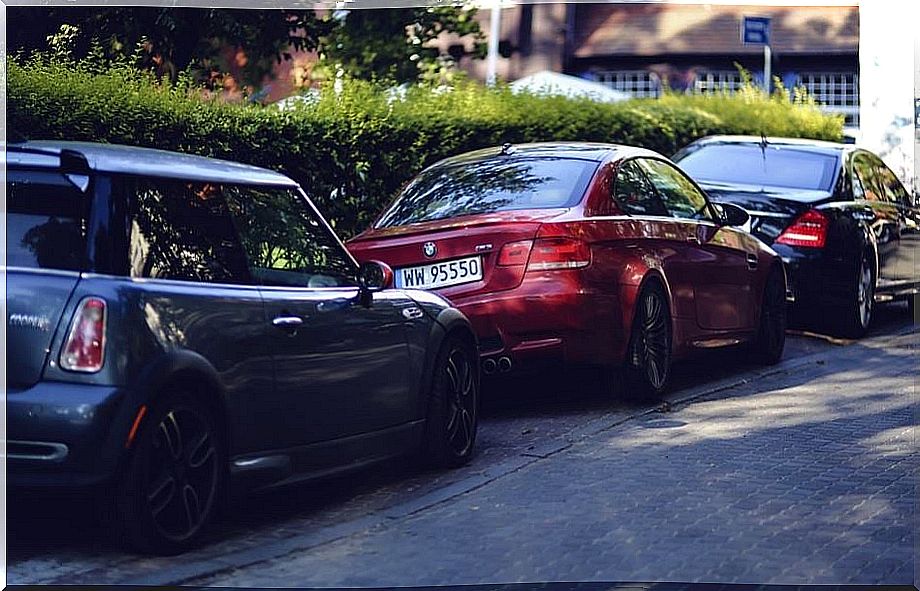
Finding parking in cities is becoming a national problem. According to the 2017 Quality of Life and Satisfaction Survey, parking is among the ten problems that most overwhelms the Madrid driver.
In Barcelona, eight out of ten respondents say that it is stressful to find parking in the city center. Added to this, 98% of drivers say that parking is very expensive. Valencia and Seville are going the same way.
The wide, five-channel lanes allow the exit of many cars and the parking lots fill up quickly; On the busiest streets, traffic accumulates and the situation can be tense for users. What is the root problem? Very simple: there is little space for so many wheels.
Finding parking in cities is now more difficult
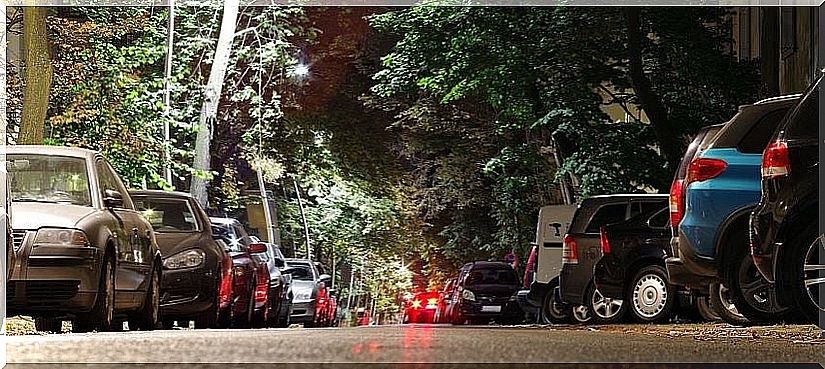
The emergence of bicycle lanes and the expansion of pedestrian areas have part of the responsibility in the matter. The adaptation of public space to accessibility standards is generating secondary effects.
Although the reality remains that there are many cars and few seats. According to statistics, regulated parking areas in Madrid have issued more than 234,000 cards to residents. However, there are only 153 916 spaces available, therefore, where should we park if we visit the capital of Spain?
One of the solutions is in the creation of car parks on the outskirts of cities. This alternative is not always fully accepted by users, among other things because sometimes they are not paved, because of their distance from the city center, and even because they are areas with a certain risk in terms of safety.
Bikers are in trouble too
Usually it only talks about cars, but the problem is also bittersweet for motorists . For example, in Barcelona tolerance for those who leave their motorbike on the sidewalks of the city has ended ; the municipal crane will act and there will be a fine.
According to the law, motorcycles can only be parked on sidewalks that are between three and six meters wide. This is one more example of the conflicts of interest generated by adapting to accessibility standards.
In Madrid there is also a new Mobility Ordinance. A cultural drawback is that the Spanish motorist is used to parking on the sidewalk; but beyond the customs, the spaces are increasingly reduced.
The difficulties in finding parking in cities have to do with a structural aspect of the same.
What is the solution?
From the city councils it seems that more and more restrictive ordinances are being generated against cars and motorcycles. The outlook is clear: pollution, traffic jams and the lack of jobs are due to the proliferation of vehicles.
At this point, promoting the use of public transport, cycling and legs has become a priority public policy.
Is it the citizens who should change or the infrastructure of cities? Budget, spaces, politics and rights are central themes of this controversial debate.
Of course, there are already those who are thinking of innovative solutions: the new Apps to facilitate parking and autonomous cars could be the most attractive alternatives. It seems that in the future there will be cars, but not their owners.

Two solutions
Car companies are trying to provide solutions and it seems that this will be part of their services in the future. In this vein, the German company Bosch is presenting two innovative alternatives.
The first thing is to take advantage of the connectivity of the cars to create collective parking maps. This logic is not so new, since Google Maps has a function to find parking in cities. In Madrid, Barcelona, Valencia, Malaga and Alicante they will be the first to enjoy the service.
The other solution from Bosch could change the parking lot in its entirety; the brand is thinking of creating cars that can locate parking by themselves, after transporting their owners ; once parked, the driver would know where to find his car.
From here, the software is presented as the solution to almost all our problems. But the space available in large cities will not be greater due to the fact that there are modern computer applications.
It is the responsibility of public administrations to promote effective coexistence between pedestrians, vehicle drivers and public urban planning.

